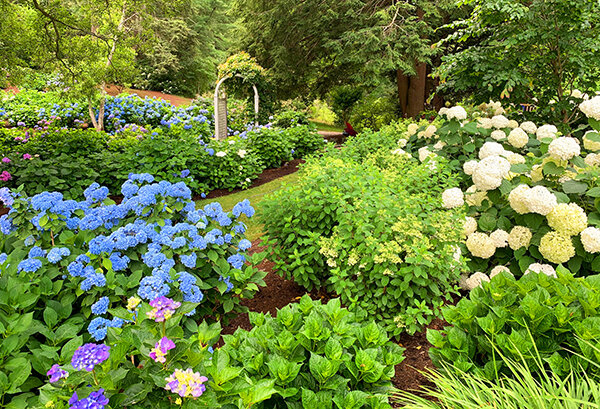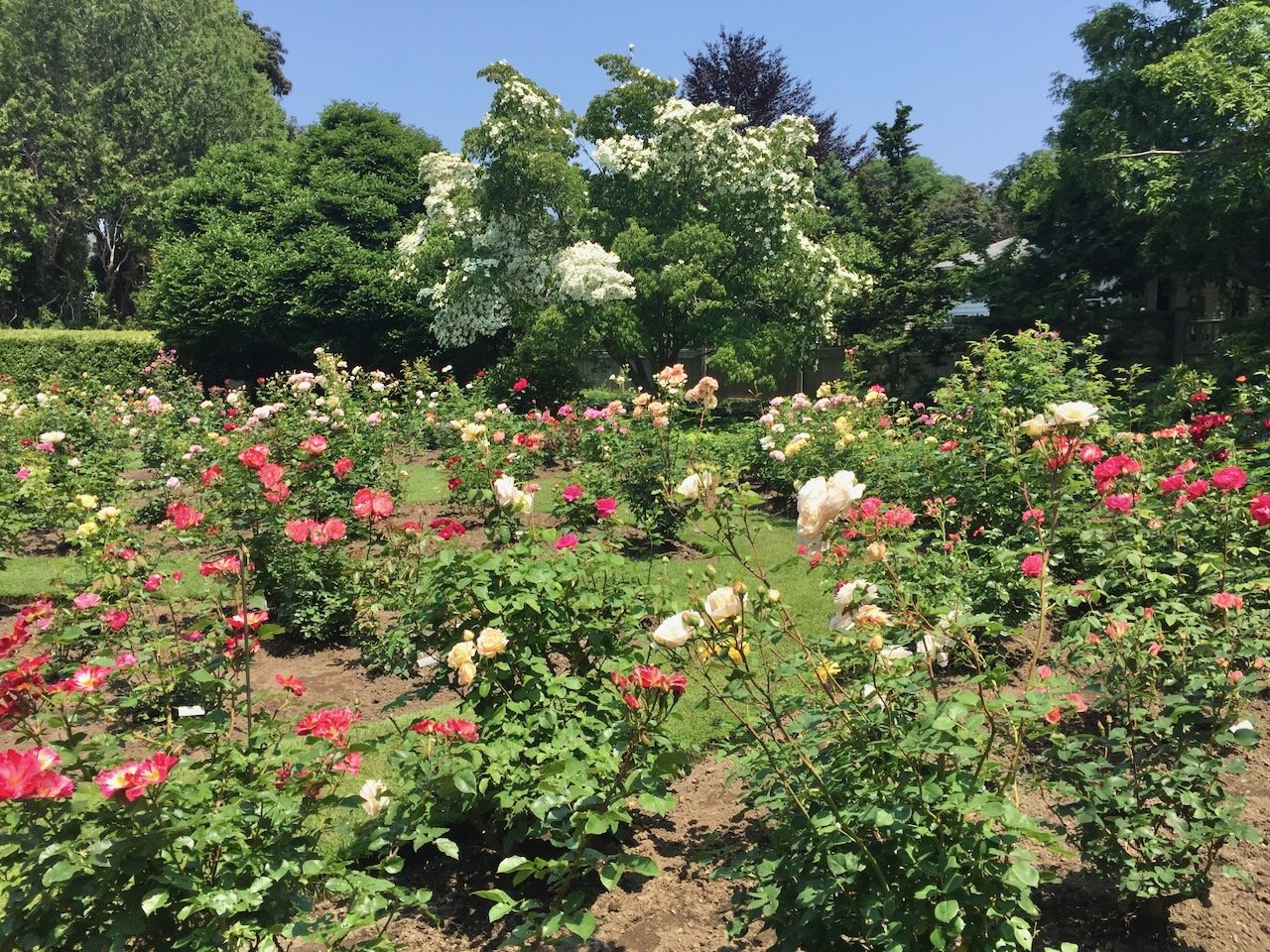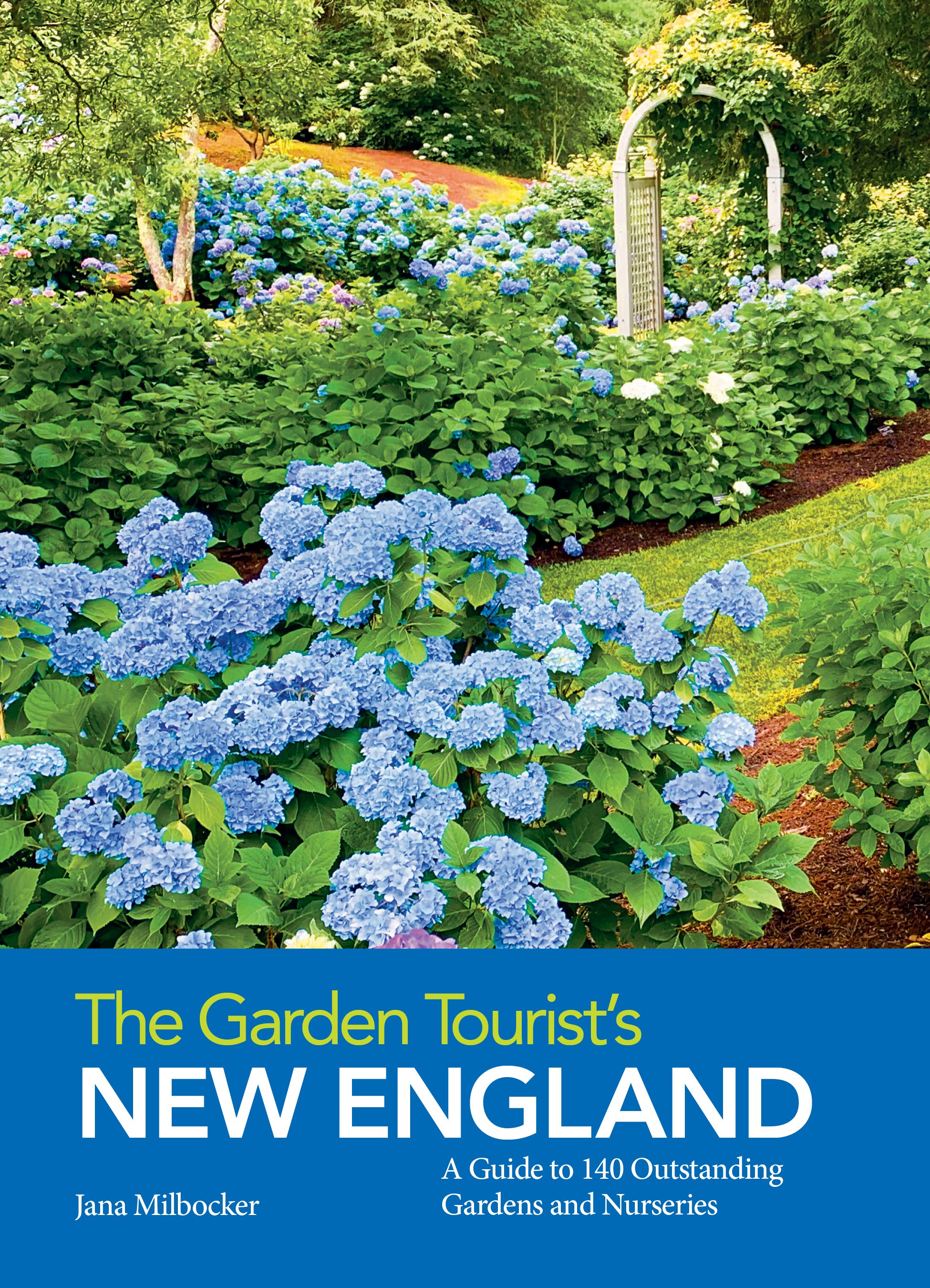Chanticleer's Fabulous Fall Containers
/I discovered Chanticleer Gardens last spring, and now that my daughter attends school nearby, I plan to visit this fabulous garden as often as I can. Last weekend I was once again inspired by the dozens of fabulous containers found throughout the garden. Each pot is a spectacular blend of foliage, color and texture, and most do not use flowers at all!
Many of these beautiful arrangements are made of tender tropicals - or houseplants for those of us in the Northeast. Now that I will be moving all of my houseplants back inside for the winter, I am thinking about creating a few Chanticleer-like pots to decorate the inside of my house!
A grouping of containers surrounds a cozy seating nook tucked in at the side of the house.
Pepperonia and a variegated agave are beautiful in a bronze urn.
A miniature container garden in a cement leaf.
A grand display on the mantel of a porch fireplace!
A banana tree creates a towering centerpiece in the garden!
A second outdoor fireplace is festooned with succulents.
Last but not least, a chain of small succulent pots adorns a rustic column.




















































